RFK Jr. wants an answer to rising autism rates. Scientists say he's ignoring some obvious ones
Published in Political News
This week, the Trump administration announced that it was taking "bold action" to address the "epidemic" of autism spectrum disorder — starting with a new safety label on Tylenol and other acetaminophen products that suggests a link to autism. The scientific evidence for doing so is weak, researchers said.
Health and Human Services Secretary Robert F. Kennedy Jr. said federal officials "will be uncompromising and relentless in our search for answers" and that they soon would be "closely examining" the role of vaccines, whose alleged link to autism has been widely discredited.
Kennedy has long argued that rising diagnoses among U.S. children must mean more exposure to some outside influence: a drug, a chemical, a toxin, a vaccine.
"One of the things that I think that we need to move away from today is this ideology that ... the autism prevalence increase, the relentless increases, are simply artifacts of better diagnoses, better recognition or changing diagnostic criteria," Kennedy said in April.
Kennedy is correct that autism spectrum disorder rates have risen steadily in the U.S. since the U.S. Centers for Disease Control began tracking them, from 1 in 150 8-year-olds in 2000, to 1 in 31 in 2022, the most recent year for which numbers are available.
But physicians, researchers and psychologists say it is impossible to interpret this increase without acknowledging two essential facts: The diagnostic definition of autism has greatly expanded to include a much broader range of human behaviors, and we look for it more often than we used to.
"People haven't changed that much," said Alan Gerber, a pediatric neuropsychologist at Children's National Hospital in Washington, D.C., "but how we talk about them, how we describe them, how we categorize them has actually changed a lot over the years."
Defining 'autism'
The term "autism" first appeared in the scientific literature around World War II, when two psychiatrists in different countries independently chose that word to describe two different groups of children.
In 1938, Austrian pediatrician Hans Asperger used it to describe child patients at his Vienna clinic who were verbal, often fluently so, with unusual social behaviors and at-times obsessive focus on very specific subjects.
Five years later, U.S. psychiatrist Leo Kanner published a paper about a group of children at his clinic at the Johns Hopkins Hospital in Baltimore who were socially withdrawn, rigid in their thinking and extremely sensitive to stimuli like bright lights or loud noises. Most also had limited verbal language ability.
Both Asperger and Kanner chose the same word to describe these overlapping behaviors: autism. (They borrowed the term from an earlier psychiatrist's description of extreme social withdrawal in schizophrenic patients.)
This doesn't mean children never acted this way before. It was just the first time doctors started using that word to describe a particular set of child behaviors.
For the next few decades, many children who exhibited what we understand today to be autistic traits were labeled as having conditions that have ceased to exist as formal diagnoses, like "mental retardation," "childhood psychosis" or "schizophrenia, childhood type."
Autism debuted as its own diagnosis in the 1980 third edition of the Diagnostic and Statistical Manual of Mental Disorders, the American Psychiatric Assn.'s diagnostic bible. It described an autistic child as one who, by the age of 2½, showed impaired communication, unusual responses to their environment and a lack of interest in other people.
As the decades went on, the DSM definition of autism broadened.
The fourth edition, published in 1994, named additional behaviors: impaired relationships, struggles with nonverbal communication and speech patterns different from those of non-autistic, or neurotypical, peers.
It also included a typo that would turn out to be a crucial driver of diagnoses, wrote cultural anthropologist Roy Richard Grinker in his book "Unstrange Minds: Remapping the World of Autism."
The DSM's printed definition of autism included any child who displayed impairments in social interaction, communication "or" behavior. It was supposed to say social interaction, communication "and" behavior.
The error went uncorrected for six years, and the impact appeared profound. In 1995 an estimated 1 in every 500 children was diagnosed with autism. By 2000, when the CDC formally began tracking diagnoses (and the text was corrected), it was 1 in every 150.
Reaching underserved communities
In 2007, the American Academy of Pediatrics recommended for the first time that all children be screened for autism between the ages of 18 and 24 months as part of their regular checkups. Prior to that, autism was diagnosed somewhat haphazardly. Not all pediatricians were familiar with the earliest indicators or used the same criteria to determine whether a child should be further evaluated.
Then in 2013, the fifth edition of the DSM took what had previously been four separate conditions — autistic disorder, Asperger's disorder, childhood disintegrative disorder and pervasive developmental disorder — and collapsed them all into a single diagnosis: autism spectrum disorder.
The diagnostic criteria for ASD included a broad range of social, communication and sensory interpretation differences that, crucially, could be identified at any time in a child's life. The term was no longer limited only to children whose development lagged noticeably behind that of their peers.
Since that definition was adopted, U.S. schools have become more proactive about referring a greater range of children for neurodevelopmental evaluations. The new DSM language also helped educators and clinicians better understand what was keeping some kids in disadvantaged communities from thriving.
"In the past, [autism was] referred to as a 'white child's disability,' because you found so few Black and brown children being identified," said Shanter Alexander, an assistant professor of school psychology at Howard University. Children of color who struggled with things like behavioral disruptions, attention deficits or language delays, she said, were often diagnosed with intellectual disabilities or behavioral disorders.
In a sign that things have shifted, the most recent CDC survey for the first time found a higher prevalence of autism in kids of color than in white children: 3.66%, 3.82% and 3.30% for Black, Asian and Latino children, respectively, compared with 2.77% of white children.
"A lot of people think, 'Oh, no, what does this mean? This is terrible.' But it's actually really positive. It means that we have been better at diagnosing Latino children [and] other groups too," said Kristina Lopez, an associate professor at Arizona State University who studies autism in underserved communities.
The severity issue
An autism diagnosis today can apply to people who are able to graduate from college, hold professional positions and speak eloquently about their autism, as well as people who require 24-hour care and are not able to speak at all.
It includes people who were diagnosed when they were toddlers developing at a noticeably different pace from their peers, and people who embraced a diagnosis of autism in adulthood as the best description of how they relate to the world. Diagnoses for U.S. adults ages 26 to 34 alone increased by 450% between 2011 and 2022, according to one large study published last year in the Journal of the American Medical Assn.
Kennedy was not correct when he said in April that "most cases now are severe."
A 2016 review of CDC data found that approximately 26.7% of 8-year-olds with autism had what some advocates refer to as "profound autism," the end of the spectrum that often includes seriously disabling behaviors such as seizures, self-injurious behavior and intellectual disability.
The rate of children with profound autism has remained virtually unchanged since the CDC started tracking it, said Maureen Durkin, a professor of population health science and pediatrics at the University of Wisconsin-Madison. Indeed, the highest rate of new diagnoses has been among children with mild limitations, she said.
For many researchers and advocates, the Trump administration's focus on autism has provoked mixed emotions. Many have lobbied for years for more attention for this condition and the people whose lives it affects.
Now it has arrived, thanks to an administration that has played up false information while cutting support for science.
"They have attempted to panic the public with the notion of an autism epidemic as a threat to the nation, when no such epidemic actually exists — rather, more people are being diagnosed with autism today because we have broader diagnostic criteria and do a better job detecting it," said Colin Killick, executive director of the Autistic Self Advocacy Network. "It is high time that this administration stops spreading misinformation about autism, and starts enacting policies that would actually benefit our community."
©2025 Los Angeles Times. Visit at latimes.com. Distributed by Tribune Content Agency, LLC.
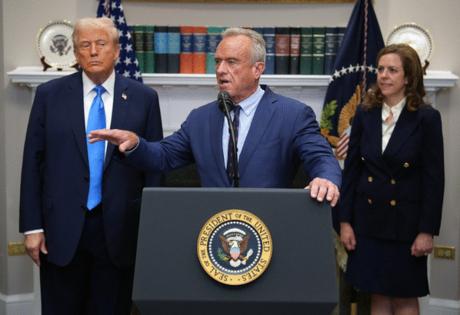

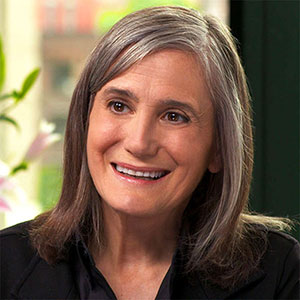
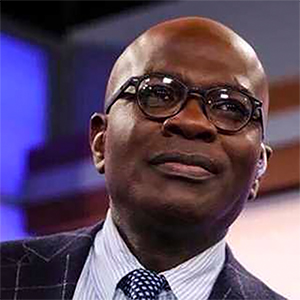
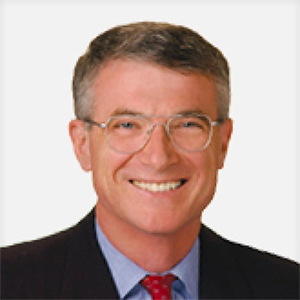
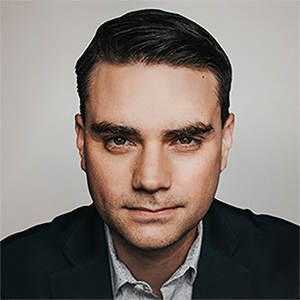
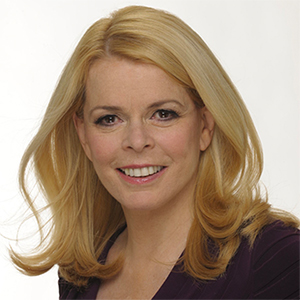
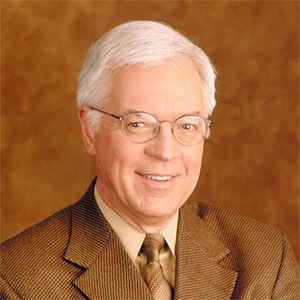
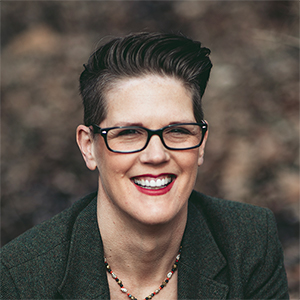
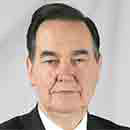
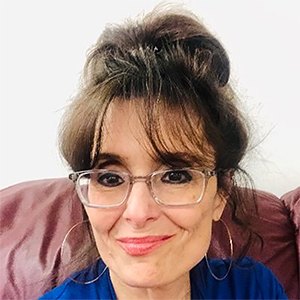
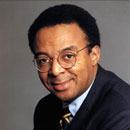
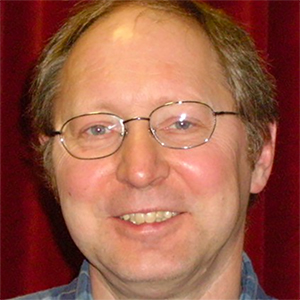
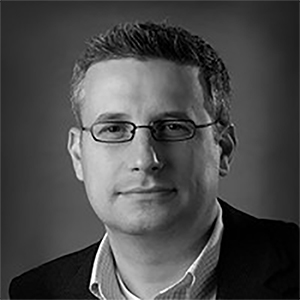
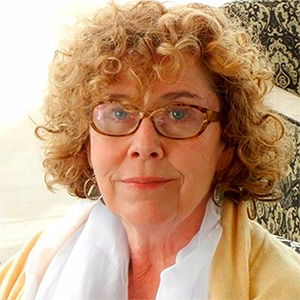
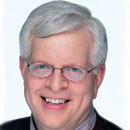
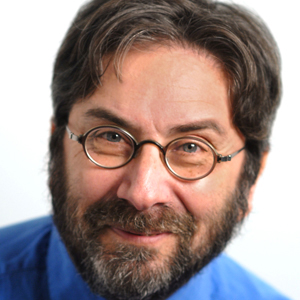
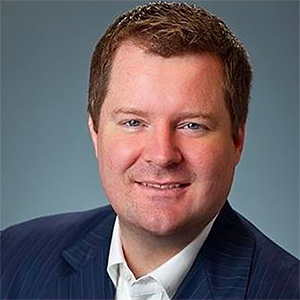
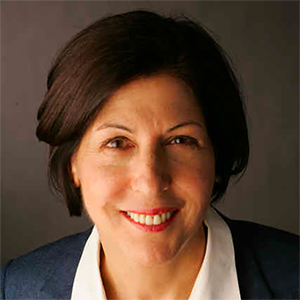
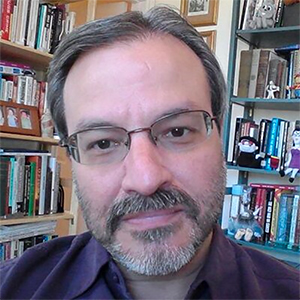
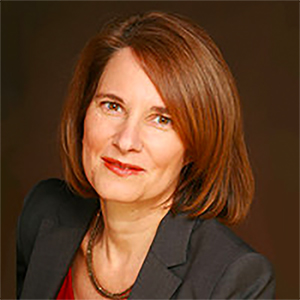
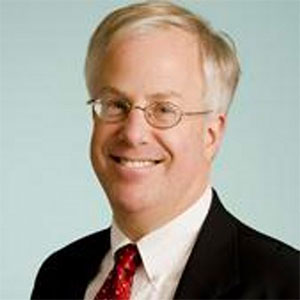
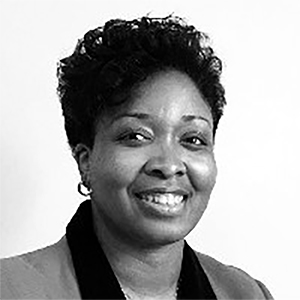
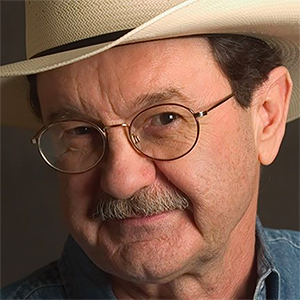
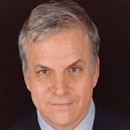
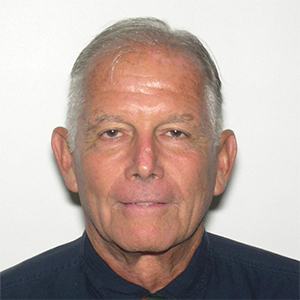
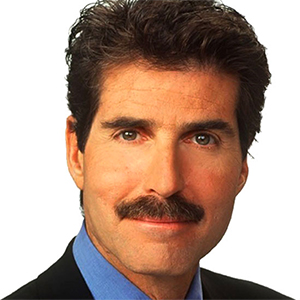
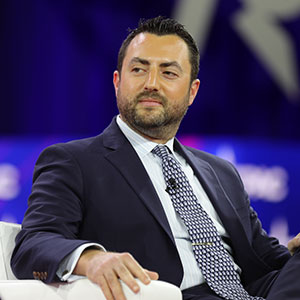
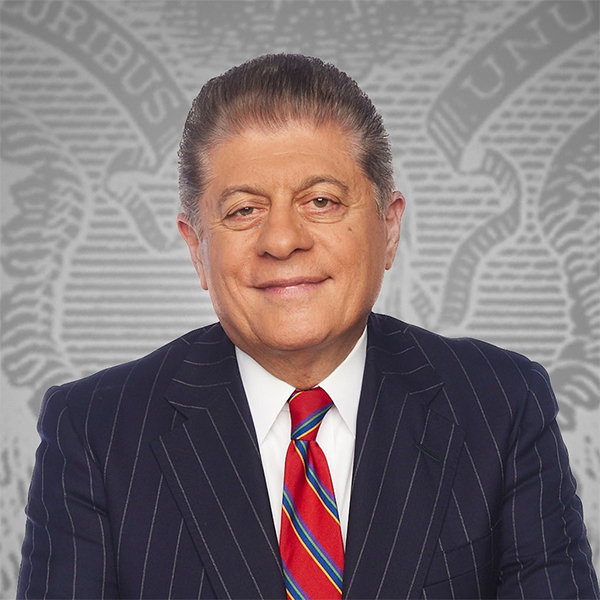
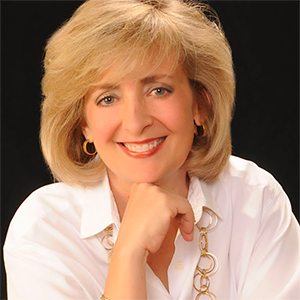
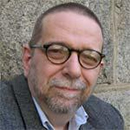
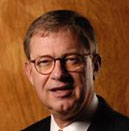
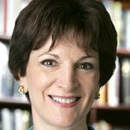
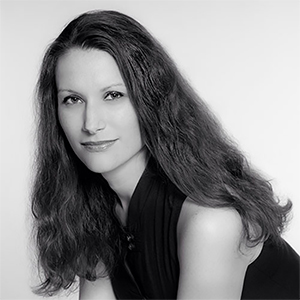
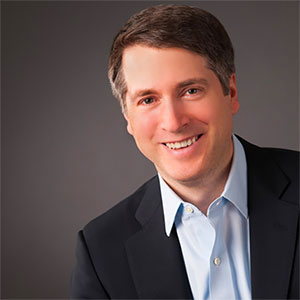
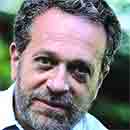
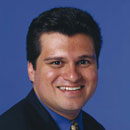
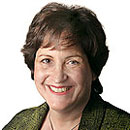
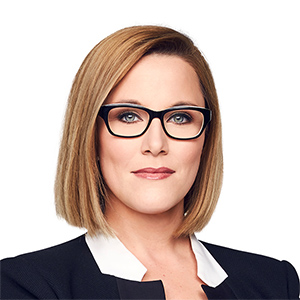
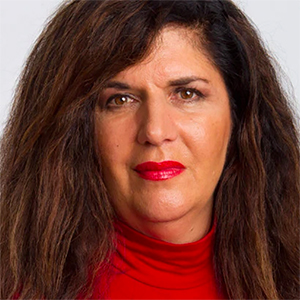
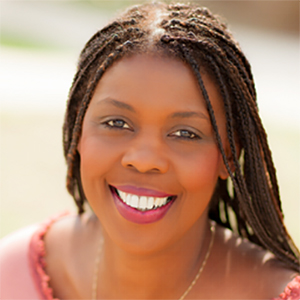
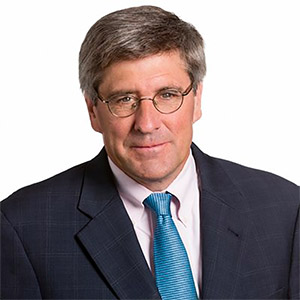
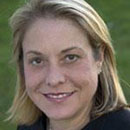
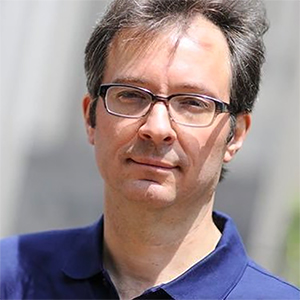
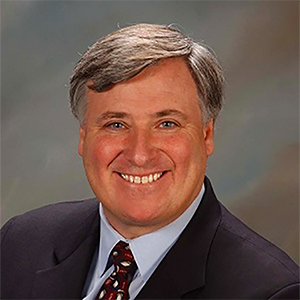
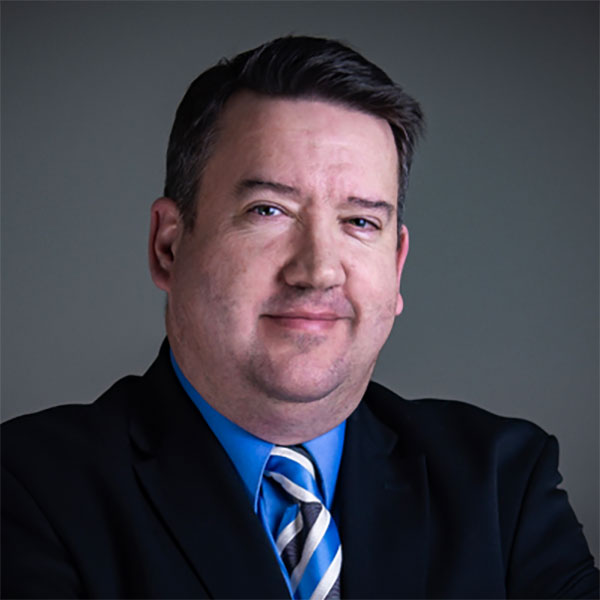
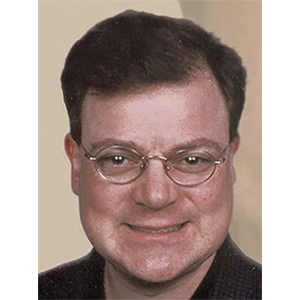
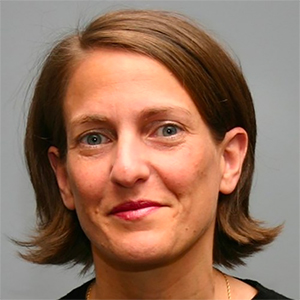
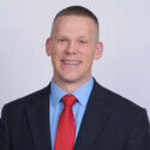
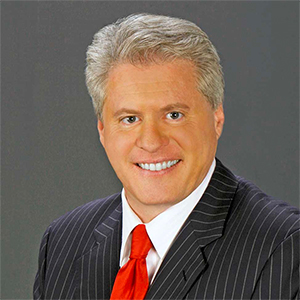
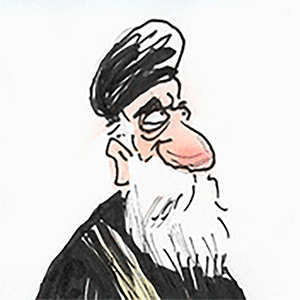
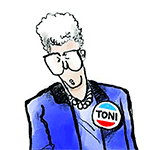
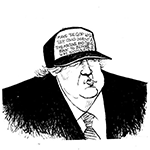
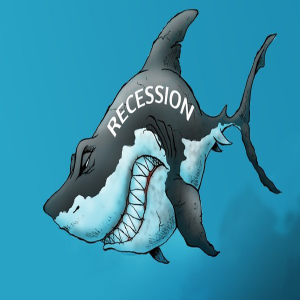
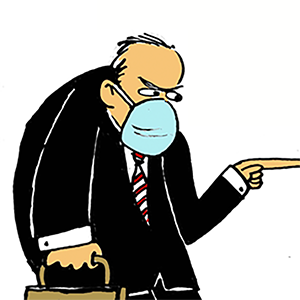
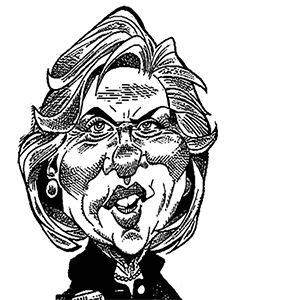
Comments